I'd like to represent a loop in a UML activity diagram. Here's my situation:
- For each folder, I check each document within that folder
- For each document I check its content:
- If it's invalid (based on keyword searching), do action X and pass to next document.
- When all document are verified, continue to the next folder.
Can anyone show me what this should look like?


